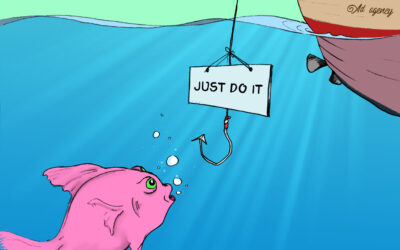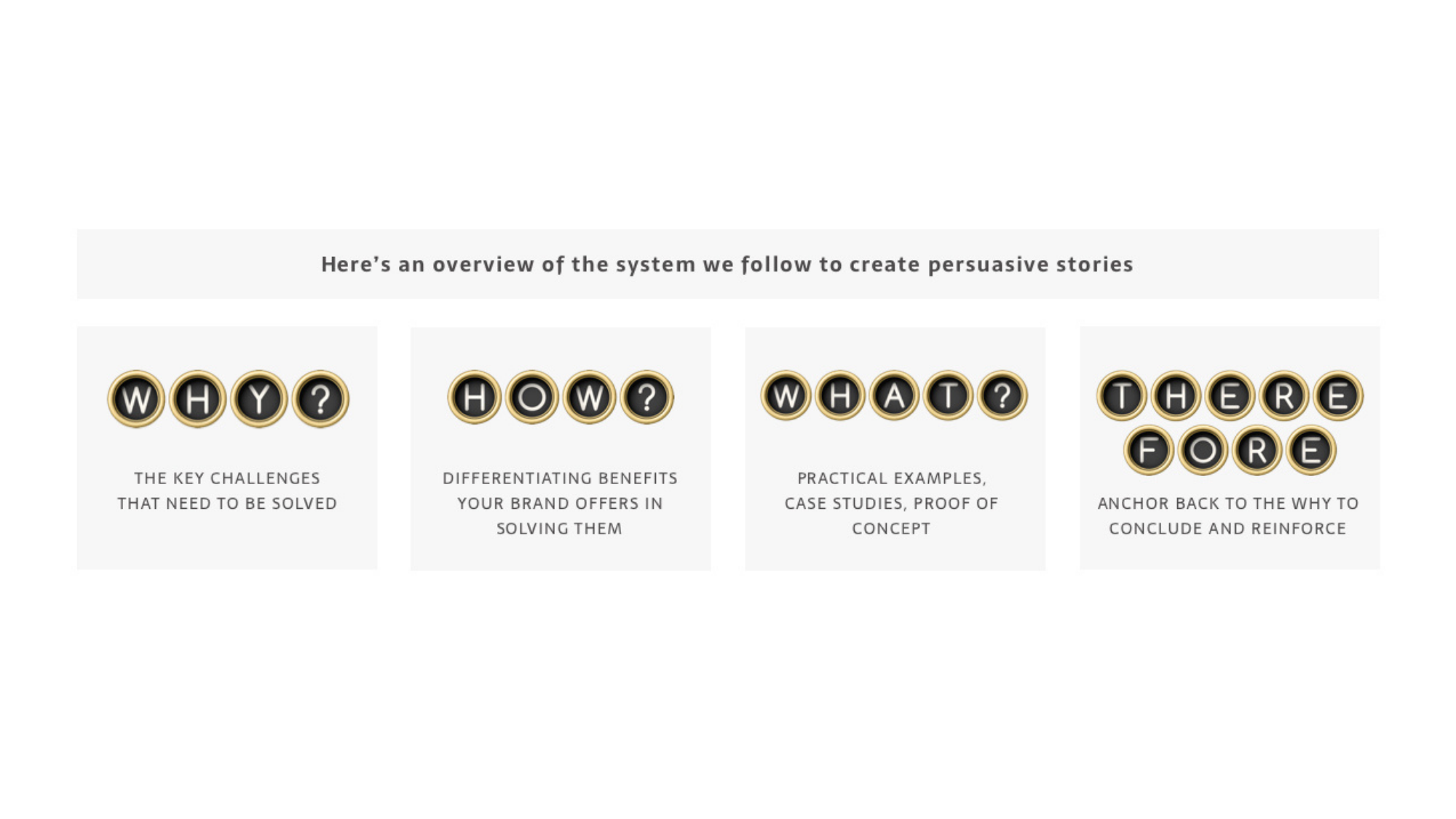Matt Hicks, Head of Strategy and Content at marketing agency Lesniak Swann, explains how even in B2B communications, we can use gripping storytelling to maximise impact – and it turns out the formula is reasonably simple.
Sit down and let me tell you a story. No, not the one about that lad with the oversized vegetables. Nor the one about a wonderful house made out of biscuit. Or even that one with the irritating talking snowman.
This one’s about how something that might seem more suited to the playground can actually help to make your marketing a lot more effective.
Predating many other forms of communication, storytelling was the most effective way for our ancestors to share important knowledge; those people who told the best stories were able to best share information such as where to hunt, what to eat or how to avoid a sabre-toothed tiger. Building an affinity with these storytellers – listening to them and following them – was the smart way to survive.
Thousands of years later, we’re still predisposed to a good story. The techniques may have been used across other media such as music, books and movies but the essence remains the same – we find a strong narrative compelling. It can move us on an emotional level.
That applies to brands and marketing communications, even in the apparently dry world of B2B. It’s still humans selling to humans after all. At least for the time being.
So it’s critical to consider not only the rational, technical relevancy of what you’re communicating but also the emotional engagement you can offer to best promote why someone should prefer your product over the myriad competitors.
We use storytelling as a central part in achieving this. While developing the good ideas might be the hard part, the formula to follow in producing a compelling story is actually pretty straightforward. The fundamental trick here is to ensure you’re focusing on the “why” – the benefits the reader is to gain from the story beyond the nuts and bolts of how that benefit might be achieved.











